POWER TO THE ARTIST
This work develops on various aspects of modern life and attempts to create a detachment from the culture of the past through the use of a conventional Western art historical idiosyncrasies. The local Maltese context emerges in all the images, which appropriate commercial and political meeting places and vernacular locations. The artist himself takes on the role of the crucified Christ, yet replaces a face of suffering with a sense of sarcasm that laughs at the viewer rather than asking for pity. It is a rhetorical image which places the artist as the new symbol of power; culture and the arts. This profound visual statement blatantly declares that religion is no longer the point of veneration for a large faction of today’s non-philistine populace. The crucified artist occupies conventional spaces; a church, a political party club, the local butcher’s shop. However, the image features in significant centres of learning, travel and justice. The latter locations are all indicative of the contemporary learned and cultured persona, one who follows reason rather than faith.
The artist’s body is placed under scrutiny with his unabashed physical self-exposure that reveals his imperfections; displaying that power is not only given to the artist but to all who form part of a culture. The intention is not to become an object of devotion, but contradicts this position by appearing in locations which would classify the artist as so. Thus it challenges institutions by using the language of both traditional Christian art (a major element of Maltese culture) and of contemporary art. This merging of the two art historical divisions gives further strength to his artistic statement. The artist’s choice is emancipated from over-bearing power structures that largely used to dictate aesthetics. Author Alain de Botton posed the relevant question ‘Are museums our new churches?’, which is closely linked to this series of photographs which underline the notion that everywhere has become the museum. Therefore, if museums have really become the new churches, then these works are showing that museums do not solely belong to a particular building or institution, but to everyone, everything and everywhere.
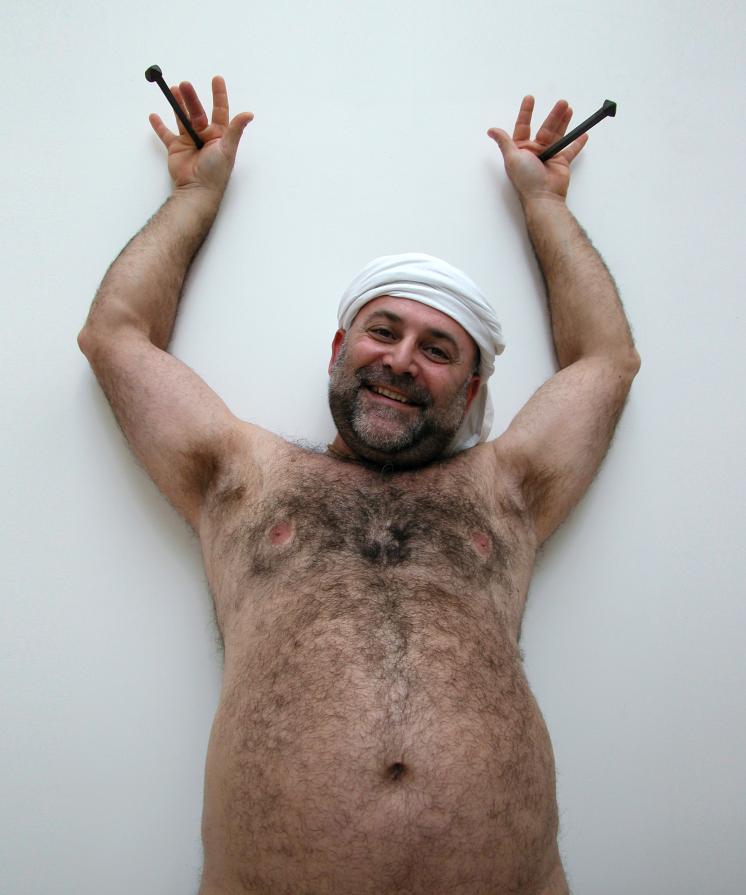
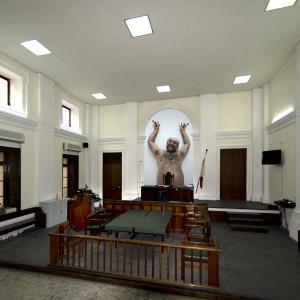
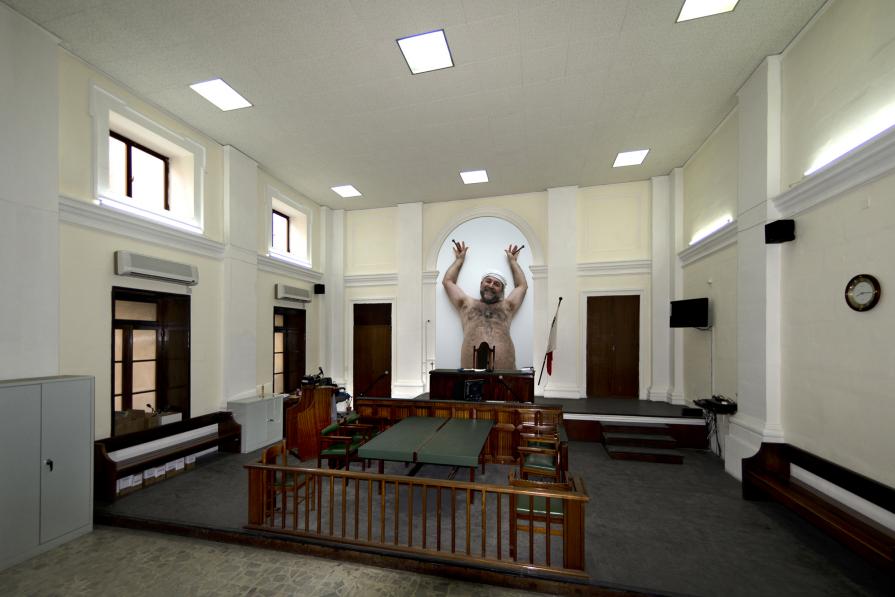

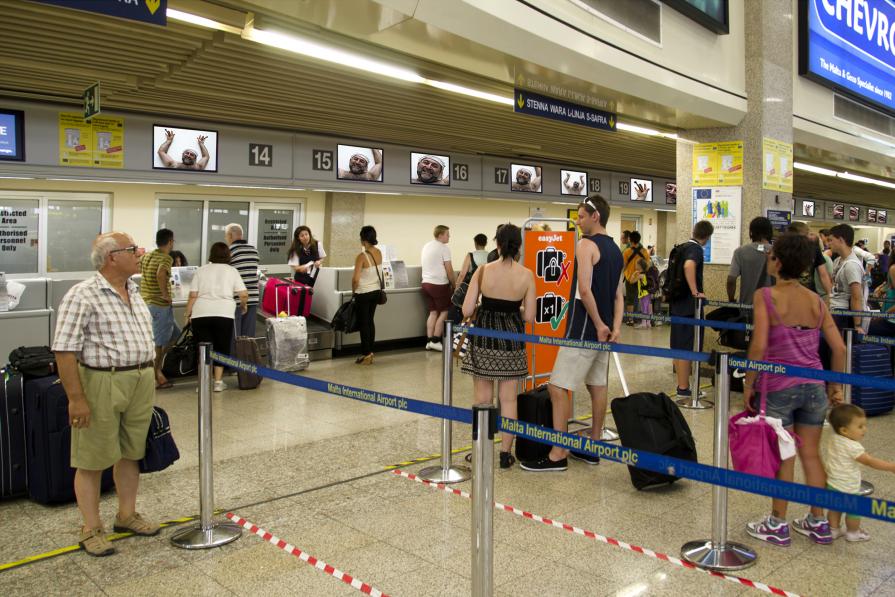

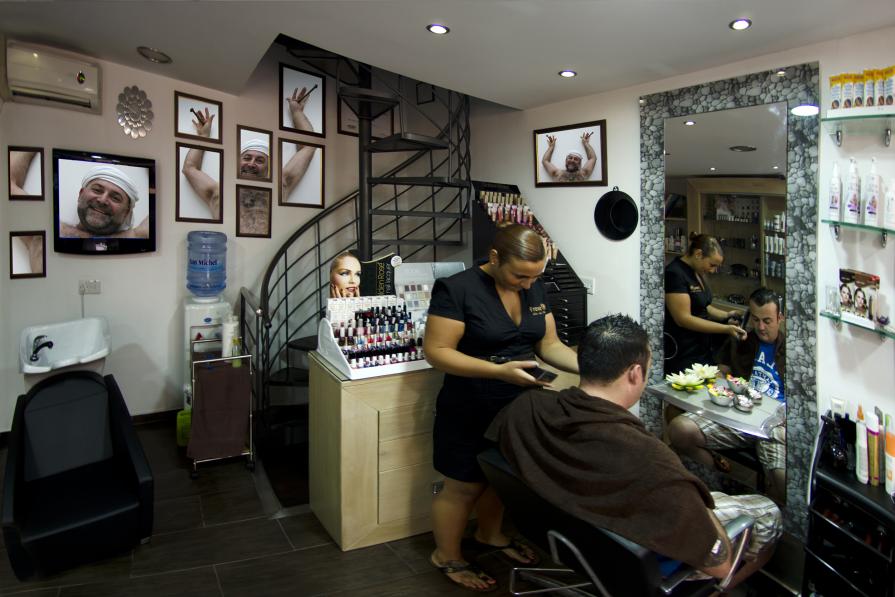
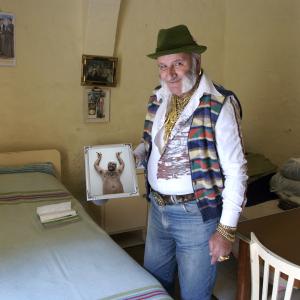
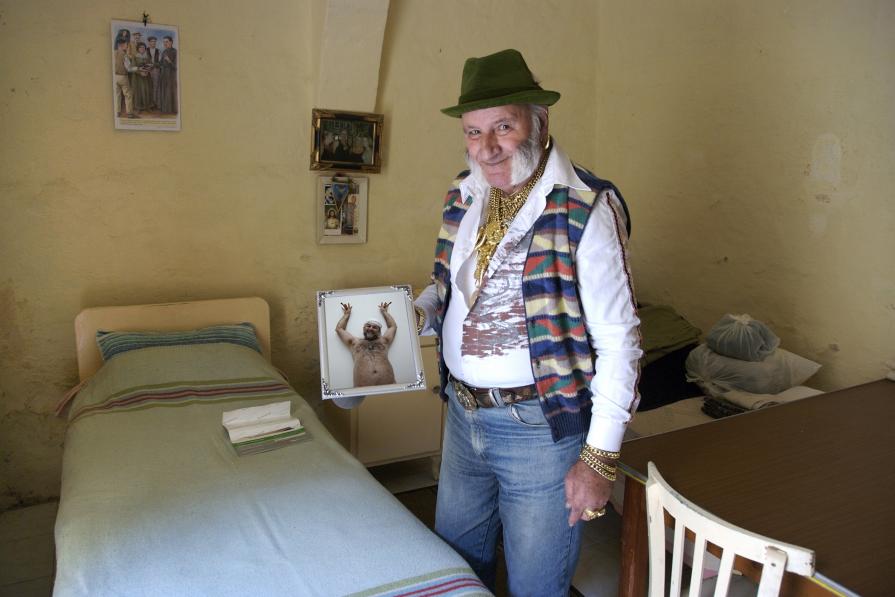
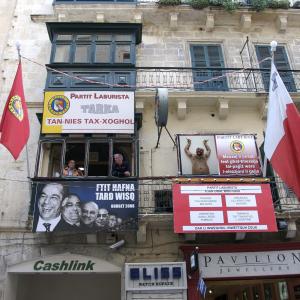
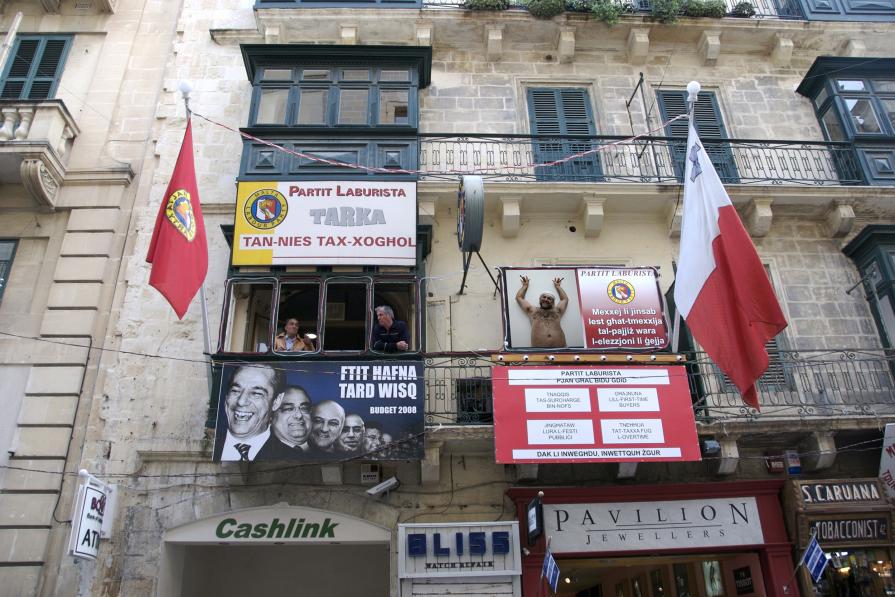
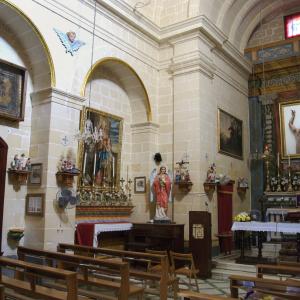
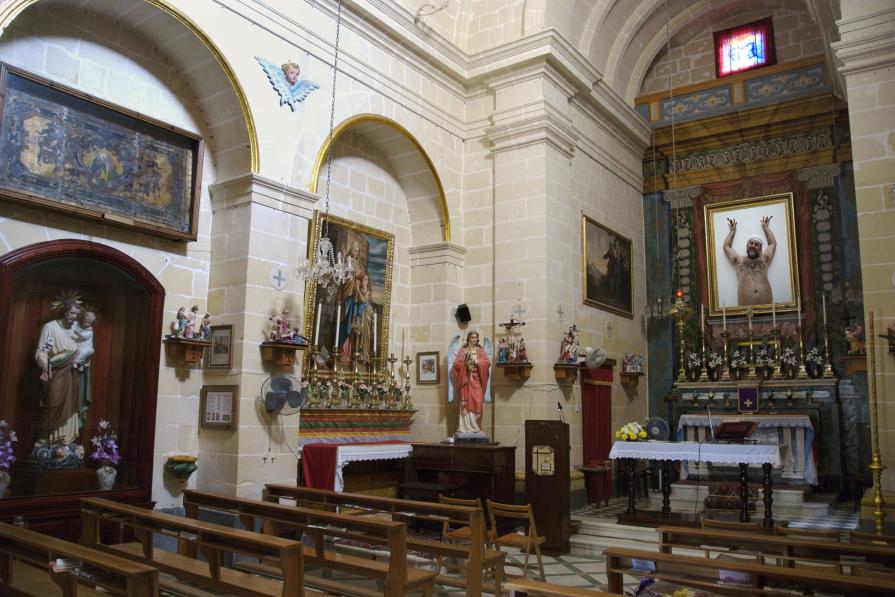
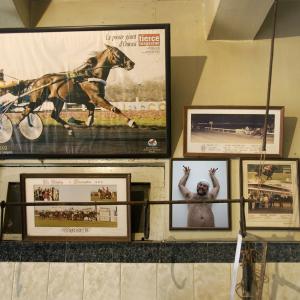
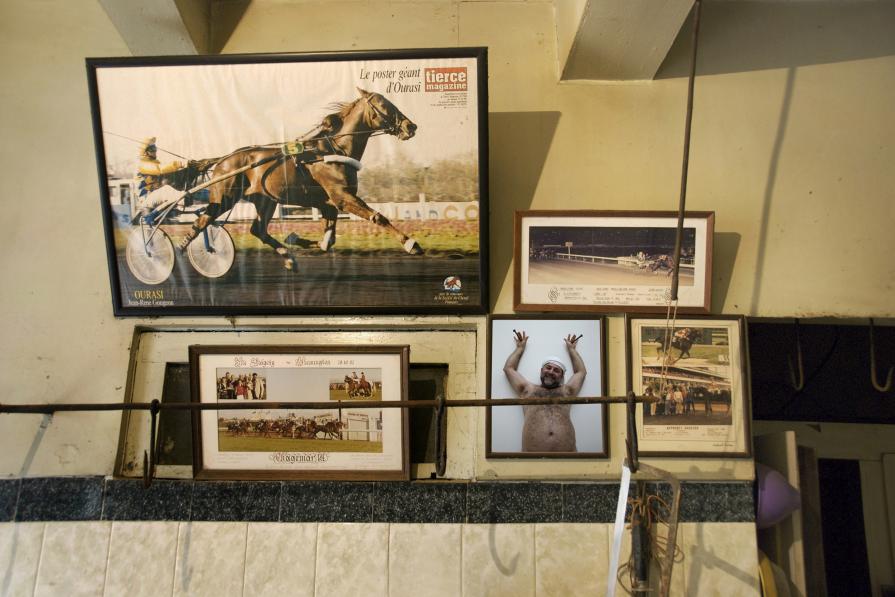
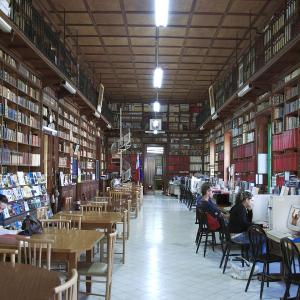
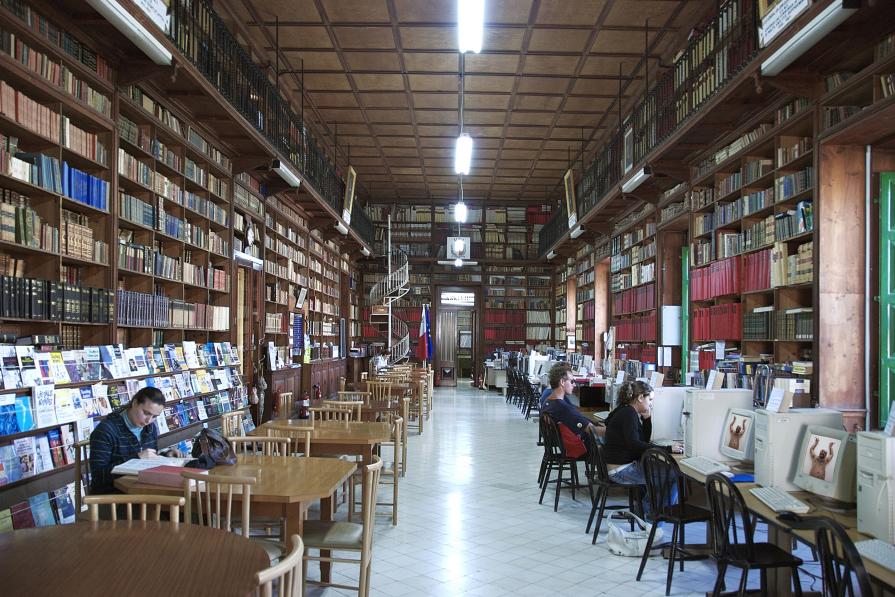
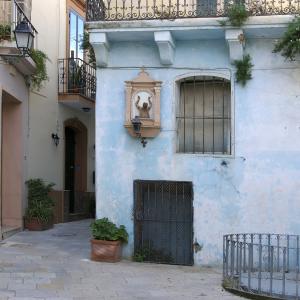
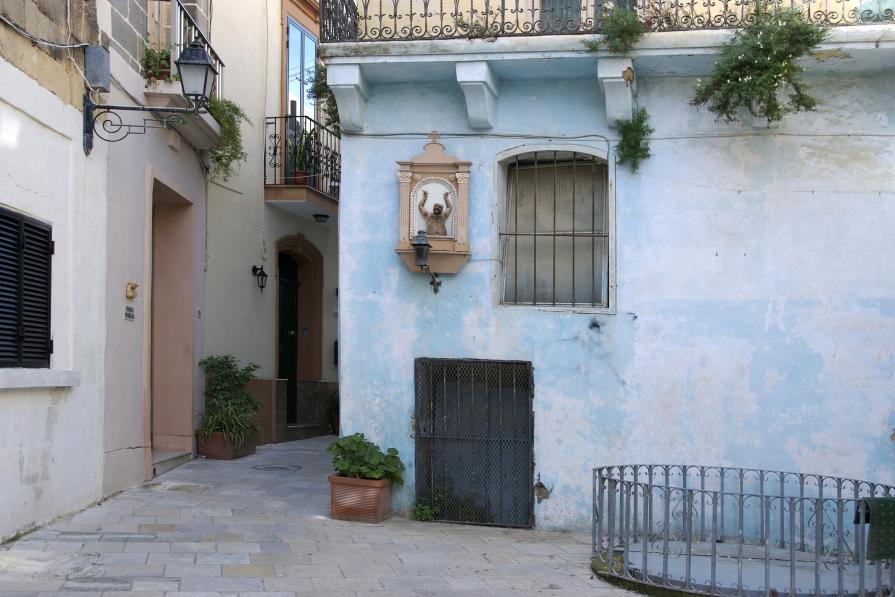






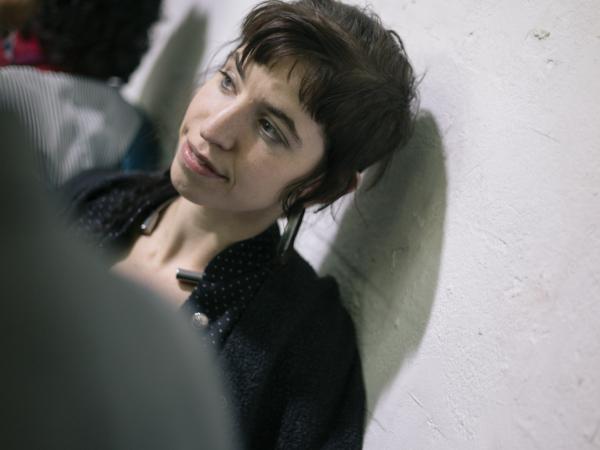
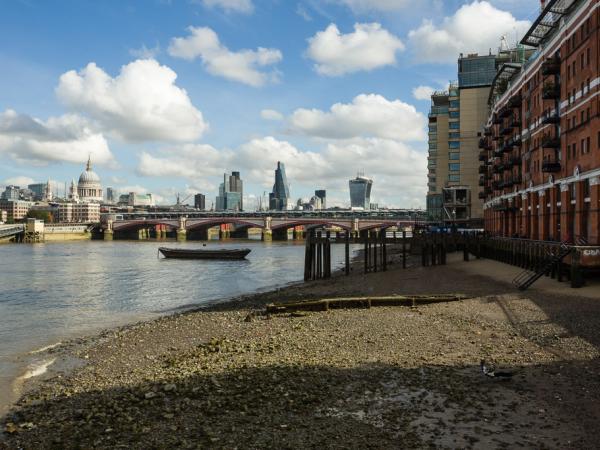
Commenti 0
Inserisci commento